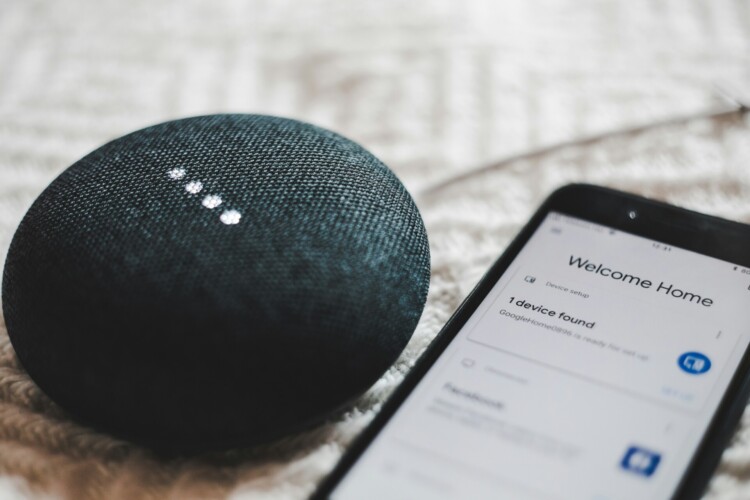Introduction
Losing independence due to a disability can be a daunting challenge. However, with advancements in technology, smart home solutions are helping individuals regain control over their lives. From controlling lights to managing appliance automation, these solutions can make daily tasks more manageable for people with disabilities.
Understanding Smart Home Technology
Smart home technology refers to a range of devices and systems that connect to the internet and can be controlled remotely. These devices are equipped with sensors, actuators, and network connectivity, allowing users to control them using a smartphone or voice commands.
Benefits for People with Disabilities
The use of smart home solutions can provide several benefits to individuals with disabilities:
- Increased Independence: Smart homes enable individuals to control their environment without relying on assistance from others. With voice commands or a smartphone app, they can adjust the lighting, temperature, unlock doors, and much more.
- Improved Safety: Smart home devices can enhance safety by providing real-time monitoring and alerts. For example, a smart smoke detector can send a notification to a smartphone if it detects smoke, giving individuals with mobility challenges an early warning.
- Energy Efficiency: Smart home systems allow for better control of energy consumption. Individuals can automate lights, appliances, and thermostats, ensuring efficient use of resources.
- Accessibility: With voice control options, individuals with disabilities can easily interact with smart home devices, making them more accessible and user-friendly.
- Peace of Mind: Smart home solutions offer peace of mind to individuals and their loved ones. The ability to remotely monitor and control various aspects of the home can provide a sense of security and convenience.
Popular Smart Home Solutions
There is a wide range of smart home devices available to cater to different needs. Here are some of the most popular solutions:
- Smart Lights: Smart bulbs and lighting systems can be controlled using a smartphone app or voice commands. They offer features like dimming, color changing, and scheduling.
- Smart Locks: These allow individuals to lock or unlock doors remotely. For individuals with mobility challenges, this can eliminate the need for physical keys and provide added security.
- Smart Thermostats: These devices automatically adjust the temperature based on user preferences, saving energy and providing a comfortable living environment.
- Smart Appliances: From smart refrigerators to washing machines, these appliances can be controlled and monitored remotely, making daily chores more convenient.
Setting Up a Smart Home
Creating a smart home for individuals with disabilities involves a few simple steps:
- Identify Needs: Assess the specific needs and challenges faced by the individual. This will help determine the appropriate smart home devices to address those needs.
- Choose Compatible Devices: Ensure the selected devices are compatible with each other and can be controlled using a single platform or smartphone app.
- Installation: Follow the manufacturer’s instructions to install and set up the devices. In some cases, professional assistance may be required.
- Configure and Customize: Set up the devices according to the individual’s preferences. This may include creating specific automation routines, setting up voice assistants, or adjusting device settings.
Conclusion
Smart home solutions are revolutionizing the lives of people with disabilities, offering increased independence, improved safety, and enhanced convenience. By understanding the benefits and setting up the right devices, individuals can regain control over their home environment and live more comfortably.










